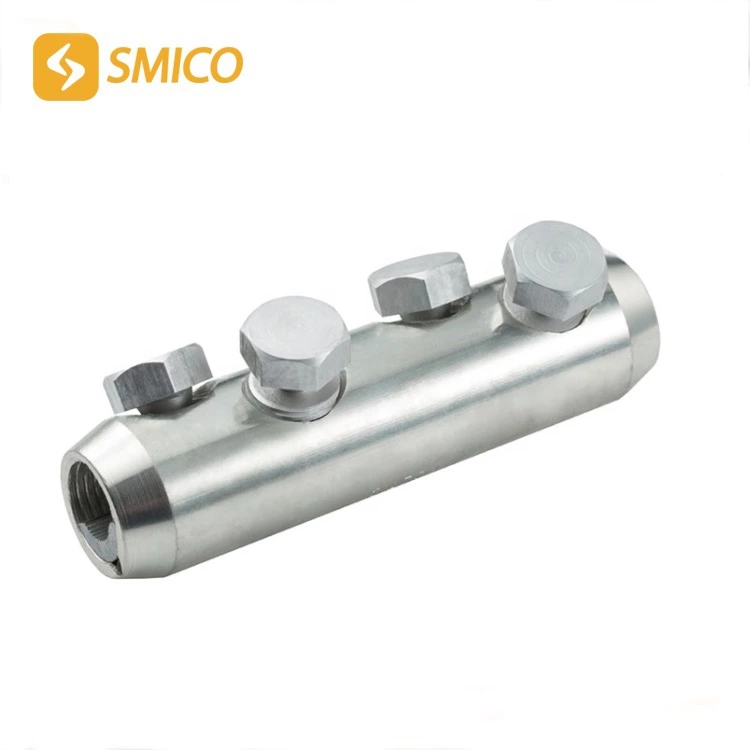Insulated Terminal Crimping Technology
Today I will explain to you some basic knowledge of Cable Lugs crimping technology, such as some technical requirements for crimping of insulated terminals, standards for inspection after crimping, methods of crimping, etc. to give you a detailed introduction to crimping of insulated terminals.
Generally, some tools that need to be prepared when crimping insulated terminals are wire strippers, tape measures, electrician's knives and screwdrivers.
When we crimp insulated terminals, there are certain technical standards. First of all, during the stripping of the wire insulation layer, the wire core inside the wire must not be damaged, and the length of the cross-section of the wire stripped insulation layer must meet the requirements. Then, according to the wire that meets the requirements, choose the appropriate insulated terminal for splicing. If you don't know the standard length of the cross section that needs to be stripped for these crimped wires, you can use a special screwdriver to operate it. First, insert the special screwdriver into the process square hole in the insulating terminal to stretch the spring hole of the entire insulating terminal. Then, when the wire to be spliced is inserted into the deepest part of the round hole of the insulating terminal, the deepest part refers to the resistance encountered by the wire during the insertion process. Then, take out the professional screwdriver and insert it again. At this time, there will be a more obvious indentation on the removed wire, which is the length of the wire cross section that we need to strip.
Before crimping, we should clean the insulated terminal and the stripped cross section of the wire to ensure that both are clean, especially the inside of the insulated terminal, and then insert all the wire cores of the stripped wire into the insulated terminal without any extra scattered copper wires. Of course, during the entire crimping process, there are certain requirements for the crimping pliers used. First of all, we must use crimping pliers that are special for crimping and are not damaged within the validity period. Secondly, the jaws of the crimping pliers must be consistent with the cross section to be crimped, so as to ensure the correctness of the entire crimping and meet the requirements of the original standard. Of course, when there are some special crimping requirements, we must operate according to the actual situation. For example, when some V-type crimping pliers are needed, we must make the crimping operation normal and meet the standardization, and the crimping indentation must be displayed below the insulated terminal sleeve. Secondly, when some crimping tools without position restrictions are crimped, the handle of the crimping tool must be pressed to the bottom, so that the crimped insulated terminal can fully exert its performance.
Finally, let me tell you some installation knowledge about wire marking after crimping.
Generally, when we mark wires for crimping, we usually use heat shrink tubes to mark wires. We should heat the entire heat shrink tube with a special heating device in advance, and then evenly put the heat shrink tube on the position where the wire and the insulated terminal need to be crimped before crimping. Of course, it cannot be put on one side of the insulated terminal. Then, after confirming the direction, you can crimp. The direction is always from the letter along the direction of the wire axis.

